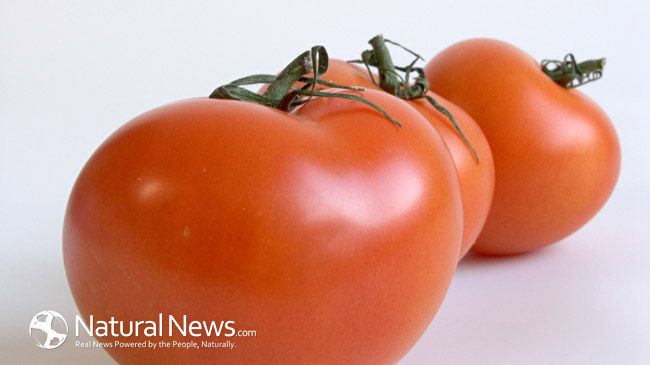As we knows that eating right is the way to keep our heart healthy. The good news is that the same diet that helps our heart is probably also good for our eyes. Growing evidence supports the idea that vitamins and minerals in various foods fuel your body and protect vision for the long haul.
Foods That Save Your Vision For Long Haul
Corn
It’s not just a tasty side; corn also contains some lutein and zeaxanthin. Research in the Journal of Agricultural Food and Chemistry discovered that cooking this veggie longer increased the amount of lutein and the antioxidant levels per serving. Add it to chilis, soups, and casseroles.
Kale
Like spinach, kale contains zeaxanthin. This antioxidant helps protect against eye damage from factors such as sunlight, cigarette smoke, and other air pollutants, so eat up to help keep eyes healthy. Try this Strawberry Kale Smoothie, this Kale and Golden Beet Salad and this Mesquite-Avocado Kale Salad.
Spinach
One cup of nutrient-dense spinach packs a healthy 20.4 mg of lutein and zeaxanthin. Add spinach to sandwiches and wraps, use it as a salad starter, or make green smoothies with it. Note: Cooking the greens helps your body better absorb lutein.
Garlic
It Used in numerous dishes to enhance flavors and aromas, garlic has been shown to have numerous benefits for your health. It can help enhance the flow of blood, bolster the immune system, and it is good for your eyesight. Garlic is rich in sulfur, a nutrient that helps the body produce antioxidants that can protect the lens of the eye.
Broccoli
Probably one of the most well-known vegetables for eyesight. Not only does it contain that fantastic duo, – lutein and zeaxanthin, along with eye-boosting beta-carotene but it is also extremely high in Vitamin C – giving broccoli the perfect combination of nutrients for maintaining eye health.
Peppers
For the overall health of your eyes, you must regularly eat a variety of peppers including green, red, yellow, orange, and even purple, brown and black. Peppers are one of the richest sources of vitamins A and C. While vitamin A helps preserve eyesight, vitamin C protects the eyes against cataracts.
Olive Oil
Olive oil is free of trans fats and is low in saturated fat. It makes a great accompaniment to many of the foods listed here, as lots contain lutein and zeaxanthin, which should be accompanied by a healthy fat in order to be properly absorbed and give the body the necessary nutrients it needs for first-rate vision.
Nuts and seeds
Vitamin E protects the cells in our eyes from free radicals and slows the progression of cataracts and age-related macular generation. Eat just one ounce of sunflower seeds or almonds, and you’ll earn more than a third of the daily value of vitamin E.
Tomatoes
Tomatoes are packed with carotenoids, including lycopene, which helps give tomatoes their vibrant red color. Research shows that the lycopene present in ocular tissues helps prevent light-induced damage to the retina and other areas of the eye. Tomatoes are also an excellent source of vitamin C, another vision protector.
Sources:
http://health.usnews.com/health-news/health-wellness/slideshows/13-foods-that-do-your-eyes-good
http://www.eyefoods.com/Eye-Foods.html
http://visianinfo.com/for-eyes-10-healthy-foods/
http://www.independent.co.uk/life-style/health-and-families/features/10-practical-tips-and-foods-for-healthy-eyes-10426785.html





